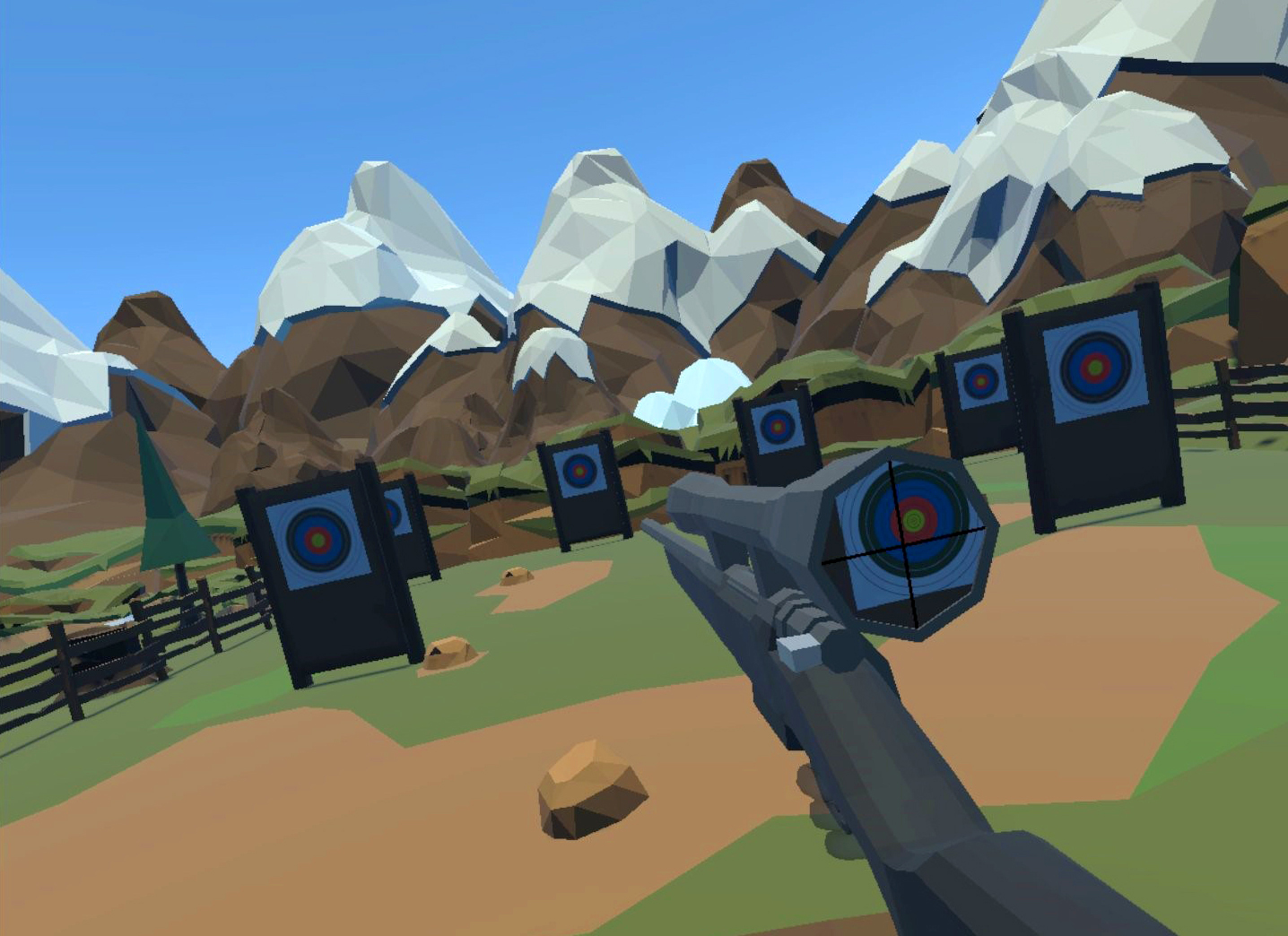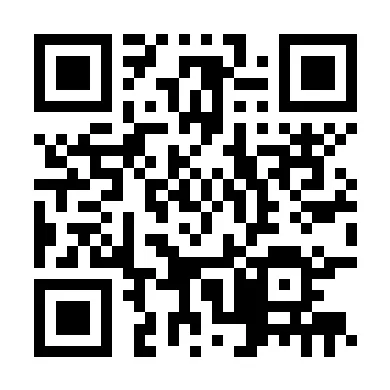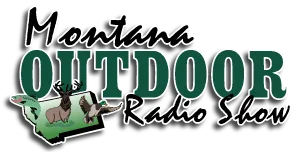By Kyle Spurr, UM News Service
MISSOULA – University of Montana student Aidan Sweet grabbed a hunting tag off an ATV, selected a rifle and range finder and walked down a trail in search of an elk.
But Sweet wasn’t on the open range, rather he was standing in an open room at last spring’s UM Media Arts Expo. Sweet used a virtual reality headset to transport himself to a digital hunting ground. The hunting simulation was the creation of Sweet and a group of other UM game design and interactive media students.
“We wanted to develop a project where we can teach people safety and all the different facts about hunting, while keeping it fun within that 3D world,” said Sweet, a senior from Maple Valley, Washington.
The UM game design students were hired through a grant to UM from the Rocky Mountain Elk Foundation to create the interactive VR hunting tool, which will be used to teach new hunters at UM and other university classrooms.
The Rocky Mountain Elk Foundation’s interest in VR hunting is part of a larger collaborative effort to support hunting-based curriculum at UM, said Blake Henning, chief conservation officer at RMEF. The Rocky Mountain Elk Foundation has contributed about $300,000 to back educational hunting programs at UM, including the “Wild Sustenance” course that provides campus and field instruction at the Boone and Crockett Club’s 6,500-acre Theodore Roosevelt Memorial Ranch in Dupuyer. “Wild Sustenance” is offered within UM’s W.A. Franke College of Forestry and Conservation.
Henning has been impressed with the progress of the VR hunting tool. The students began work last year, completing the first level which teaches players how and when to shoot while hunting.
“I think that’s a great tool for teaching new hunters about what you are going to experience out there in the real world,” Henning said. “You are going to have to identify the animal. You are going to have to get in a place to make a good shot. You are going to have to target, understand the ballistics of your gun, the range. All those things.”
Joshua Millspaugh, UM’s Boone and Crockett Professor of Wildlife Conservation who co-instructs the “Wild Sustenance” course with Dr. Libby Metcalf, said the VR hunting tool will be another way to teach hunting, especially for students who are adept with technology. It will allow students to practice and gain confidence before ever going out to hunt, he said.
“This tool is very cool and another option for reducing barriers for new hunters,” Millspaugh said. “It’s intended to allow new hunters a safe environment before going into the field. It leverages technology and expertise at UM in appropriate ways.”
This semester, the group of UM game design students are working on the second level of the VR hunting tool which will feature how to dress and butcher an animal. Future levels will address trespassing, orienteering and other hunting topics.
Cora Lawrence, a UM game design student from Bigfork, is helping design the dressing and butchering level. The graphics are simple, but the level does show the reality of removing an animal’s joints and intestines.
Lawrence remembers hunting for the first time and feeling overwhelmed with harvesting a deer. Having a chance to test out those skills virtually is a great opportunity for new hunters, he said.
“I think it’s a good way to show people what hunting actually is,” Lawrence said. “We’re trying to express all of those things. And that includes this visceral aspect of hunting. It is not for everyone and it’s important to know that before you decide to go hunting.”
The game design group plans to unveil the second level at the Fall Media Arts Expo in December.
Sweet, who graduates after this fall semester and plans to pursue a career in game design, said sharing the latest version of the VR hunting tool will be a perfect way to end his time at UM. He is proud of the work he’s put into the game, including working on it over his summer break.
Sweet grew up hunting but it wasn’t easily accessible. He hopes the VR tool will be helpful for UM students like himself who are from areas without access to hunting.
“We are trying to make hunting more accessible to people and show it to those who maybe don’t fully understand what hunting is about,” Sweet said. “It’s this virtual environment for them to try things out and learn about hunting and see if it’s something they are interested in.”




